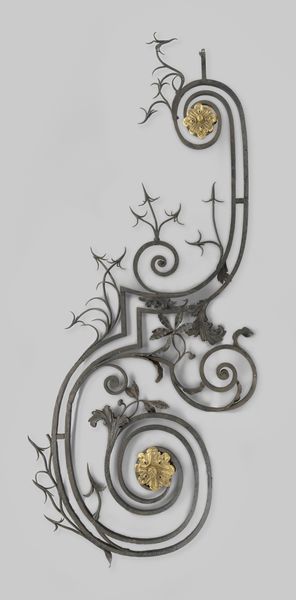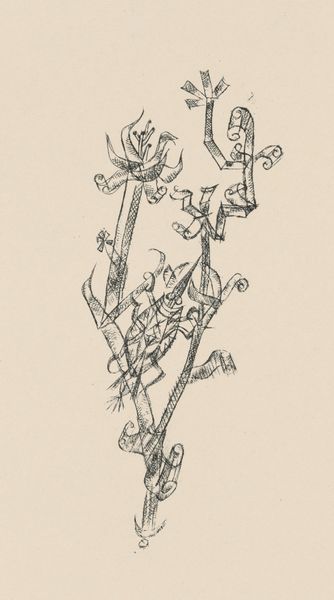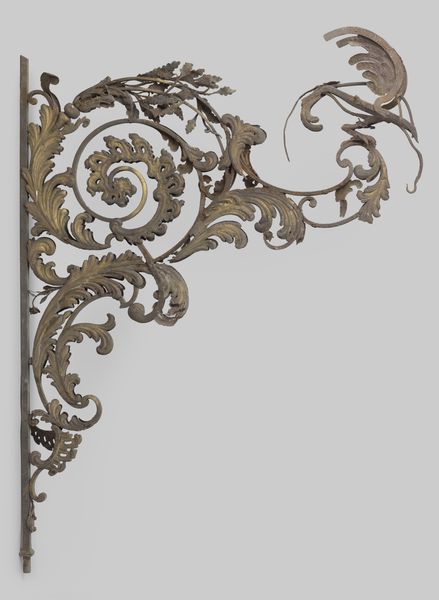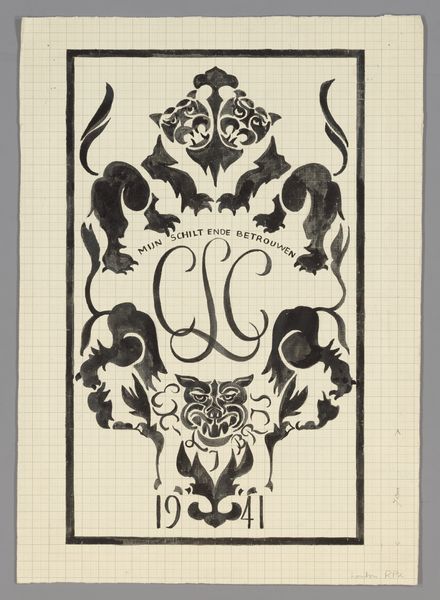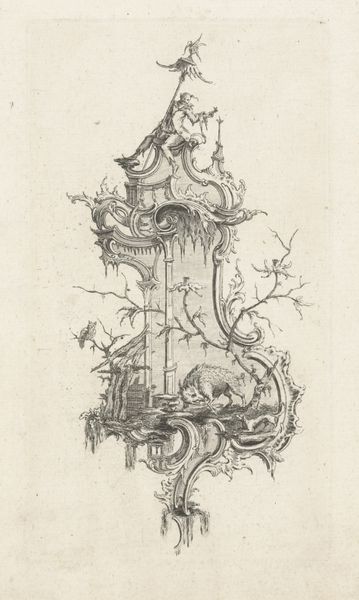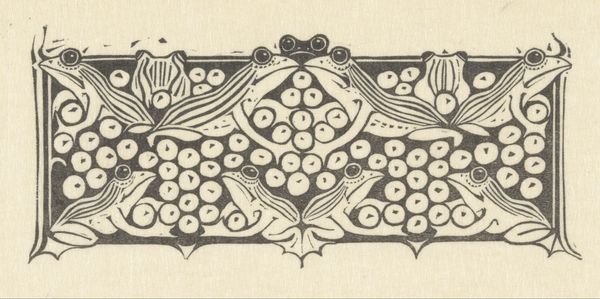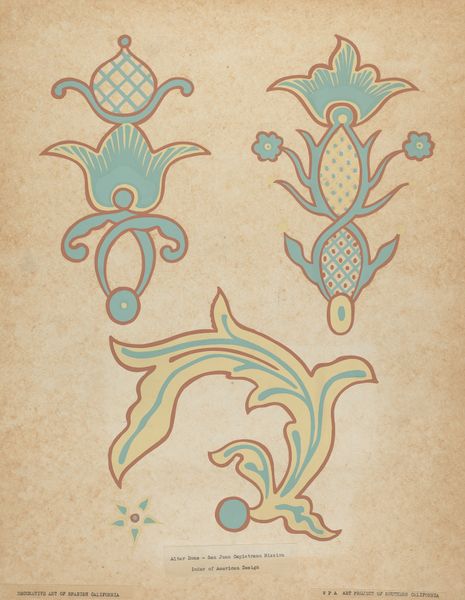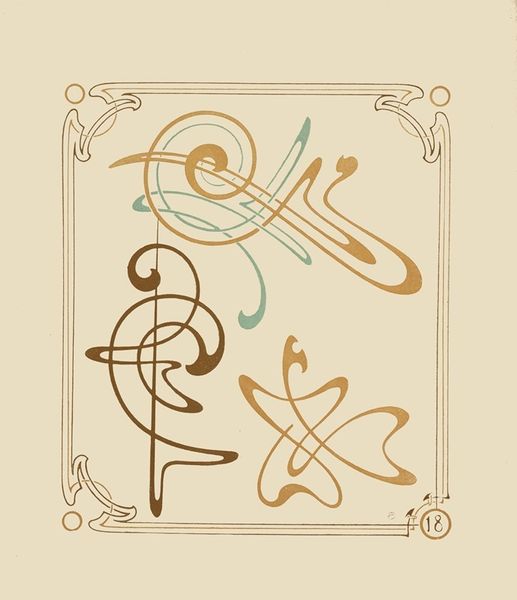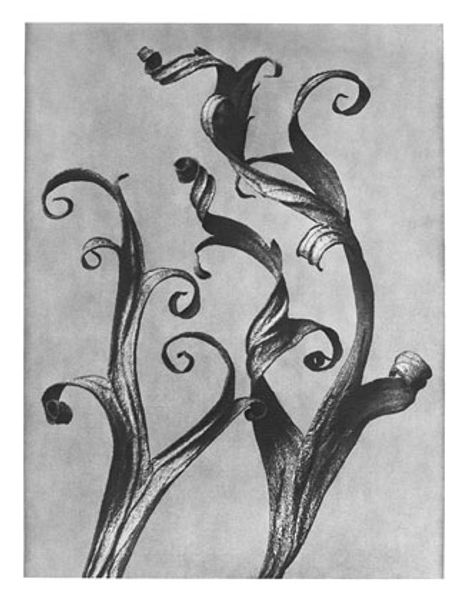
metal, sculpture
#
baroque
#
metal
#
form
#
sculpture
#
line
Dimensions: height 345 cm, width 40 cm, depth 63.5 cm, weight 257 kg
Copyright: Rijks Museum: Open Domain
This is a wrought-iron gate element, probably made in the Netherlands in the early 1700s by Daniël Marot. It would have been part of the entry gate to Huize de Voorst, a large country estate. Marot was a Huguenot, a French Protestant, who fled to the Netherlands to escape religious persecution. In the Dutch Republic, he found work as an architect and designer for wealthy patrons. This gate fragment shows his mastery of ornamental ironwork, reflecting the classical style popular at the time, also known as Baroque. Notice the extravagant gilded flowers and curling tendrils, all handcrafted in iron. But this wasn't just decoration. In its original setting, the gate would have been a powerful symbol of status. It controlled access to private property, reminding everyone of the owner’s wealth and power. The Baroque style itself was associated with royalty and the aristocracy. Understanding art like this requires us to investigate social structures and cultural values, as well as the biographies of artists and patrons. By looking at estate records, design books, and other historical documents, we can reconstruct the social and institutional context of this striking object.
Comments
No comments
Be the first to comment and join the conversation on the ultimate creative platform.
